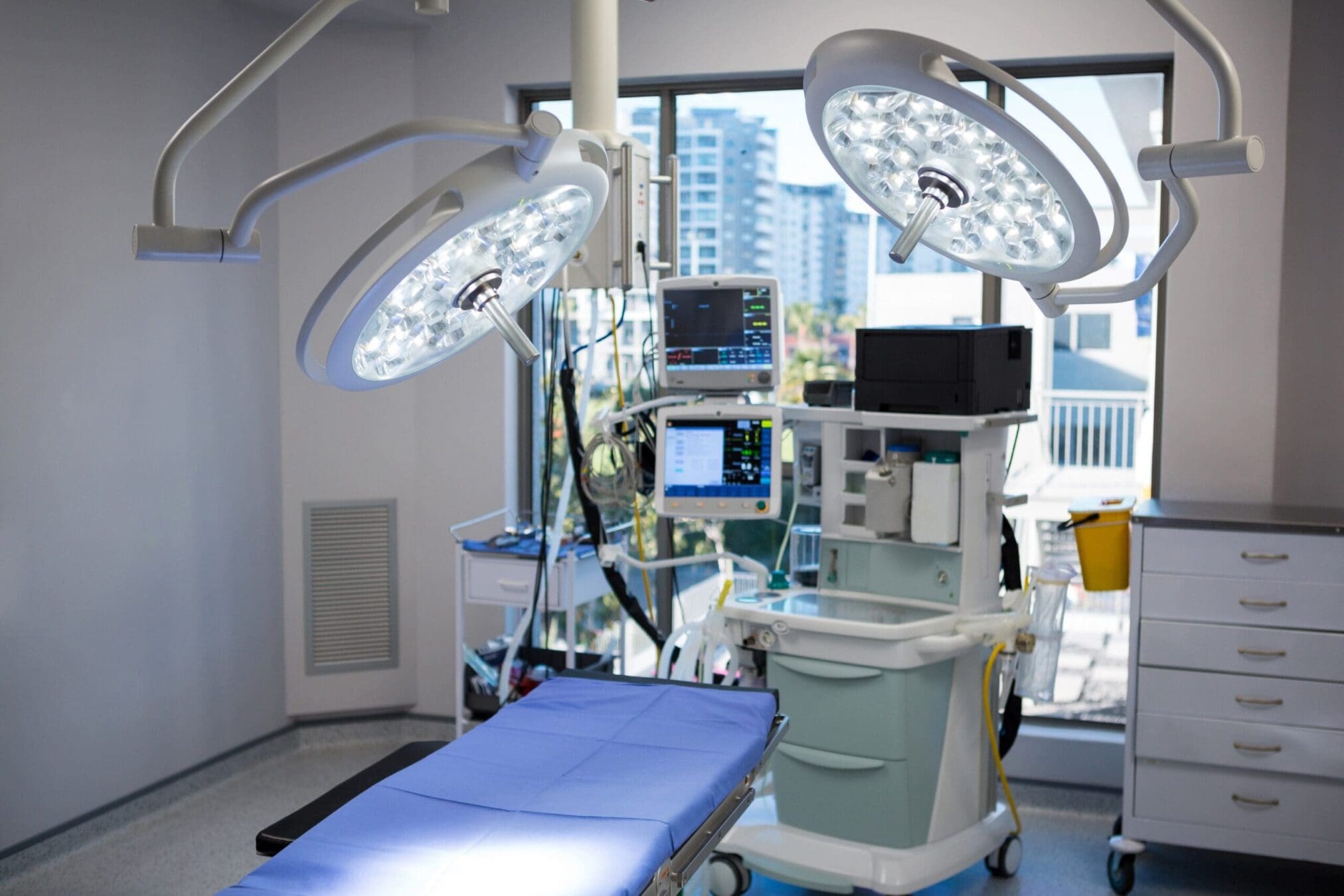Medical Device and In-vitro Diagnostic Industry Discussion: Key Takeaways on IVDR and MDR Implementation Challenges
The implementation of the In-vitro Diagnostic Regulation (IVDR) and the Medical Devices Regulation (MDR) in the EU has created several challenges for economic operators, manufacturers, and brands. To address these challenges, a group of experts from the industry came together live on December 19, 2022, to discuss the IVDR and MDR implementation challenges and share their perspectives and lessons learned: Marta Carnielli, Head of Certification IVD at TÜV SÜD; Bassil Akra, Chief Executive Officer at AKRA TEAM GmbH; and Sandra Ferretti, CCO and Public Affairs Director at Obelis Group.
Here are the key takeaways from the discussion:
Sandra Ferretti: AR perspective & lessons learned: Implementation of EO’s requirements technical doc expectations
Economic operators should focus on the following points when preparing their technical documentation to meet the MDR/IVDR requirements:
- Appoint a person responsible for regulatory compliance (PRRC) through a job description and a designation letter;
- Verify the status and classification of the device and approach a Notified Body as soon as possible for legacy devices;
- Establish a compliant quality management system (QMS), including a regulatory strategy;
- Comply with post-market surveillance (PMS) obligations, including a PMS plan, PMS report/Periodic Safety Update Report (PSUR), PMCF plan, and report;
- Be aware of EUDAMED’s deadlines and assign a unique device identifier (UDI) to the device.
Marta Carnielli: IVDR State of Play; Lessons Learned from EU IVDR Initial Audit Process; Performance Evaluation Expectations in the EU
The state of play for IVDR devices is that many IVDR CE Certificates have not been issued yet. Adding to this, the general average period for issuing an IVDR CE Certificate, according to Notified Bodies, is between 13 and 18 months.
Furthermore, there is a lack of IVDR Notified Bodies (7 at the moment). The absence of sufficient Common Specifications (CS), and designated EU reference laboratories (EURLs), among others, also adds to this issue.
For the above reasons, manufacturers should take into consideration the following:
- Confirm your device classification, intended purpose, and code assignment when applying to an NB;
- Make your technical documentation clear, meeting Annex II and III IVDR documentation and clinical evidence requirements, etc.;
- Be prepared for an audit by having control of critical suppliers, IVDR-specific procedures and contractual obligations of economic operators and;
- Performance evaluation needs to compile data from scientific validity, analytical performance and clinical performance and be carried out throughout the entire lifecycle of the device (at least once a year);
- PMPF needs to assess specific objectives and evaluate the performance data of equivalent or similar devices. Reference to relevant standards, Common Specifications or guidances, and a justified schedule for PMPF activities;
Bassil Akra: EU MDR Status December 2022; EU MDR and IVDR
The Medical Devices Regulation (MDR) is currently facing a challenging situation, marked by a lack of MDR/IVDR CE Certificates and limited Notified Body capacity. MDCG Guidances (MDCG 2022-14 on hybrid audits and MDCG 2019-6, among others) have been issued to address these gaps.
Another measure is the extension of transition provisions, currently under the legislative process. This proposal implies the following:
- Removal of the sell-off period provision;
- Extension of the legacy period until 2027 for class III and class IIb devices;
- Extension of the legacy period until 2028 for class IIa and class I devices.
Clinical and PMCF Expectations in the EU
Under the Medical Devices Regulation (MDR), manufacturers must have enough clinical evidence to demonstrate compliance with the relevant general safety and performance requirements. This means paying attention to the state of the art of the device and carrying out a Clinical Evaluation Plan that addresses clinical benefits, intended use and target group, and equivalence, among others. This plan depends on the stage in the lifecycle of the medical device.
Regarding PMCF, manufacturers must meet several requirements on PMCF activities, especially noting the need for a Summary of Safety & Clinical Performance (SSCP) for class III and implantable devices other than custom-made ones.
In conclusion, the implementation of the MDR and IVDR regulations in the medical device and in-vitro diagnostic industry has presented various challenges. However, by following the advice outlined by industry experts, manufacturers can ensure that they meet the necessary requirements for CE certification. Do not miss the full video here to know more details about this important topic.


